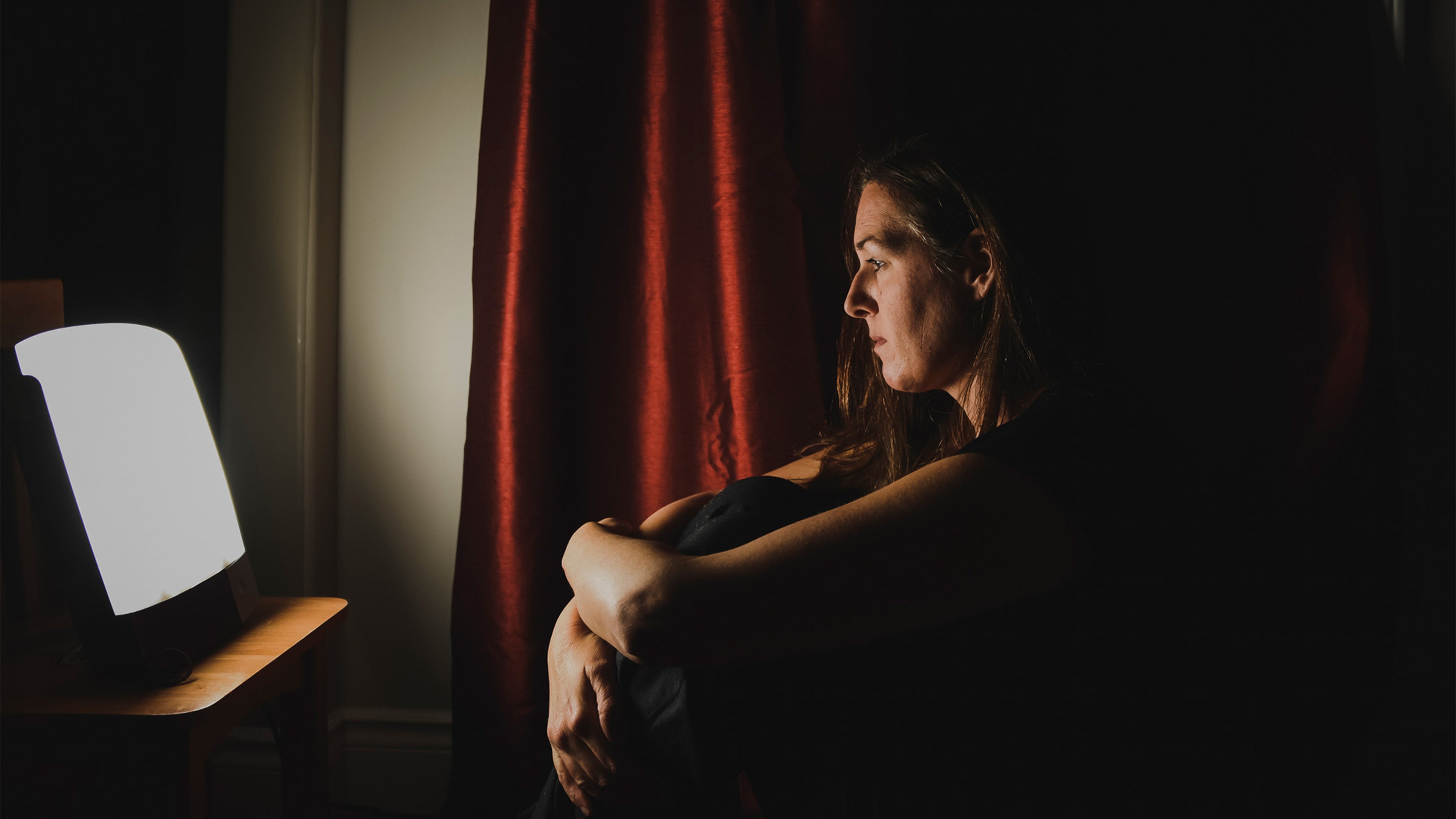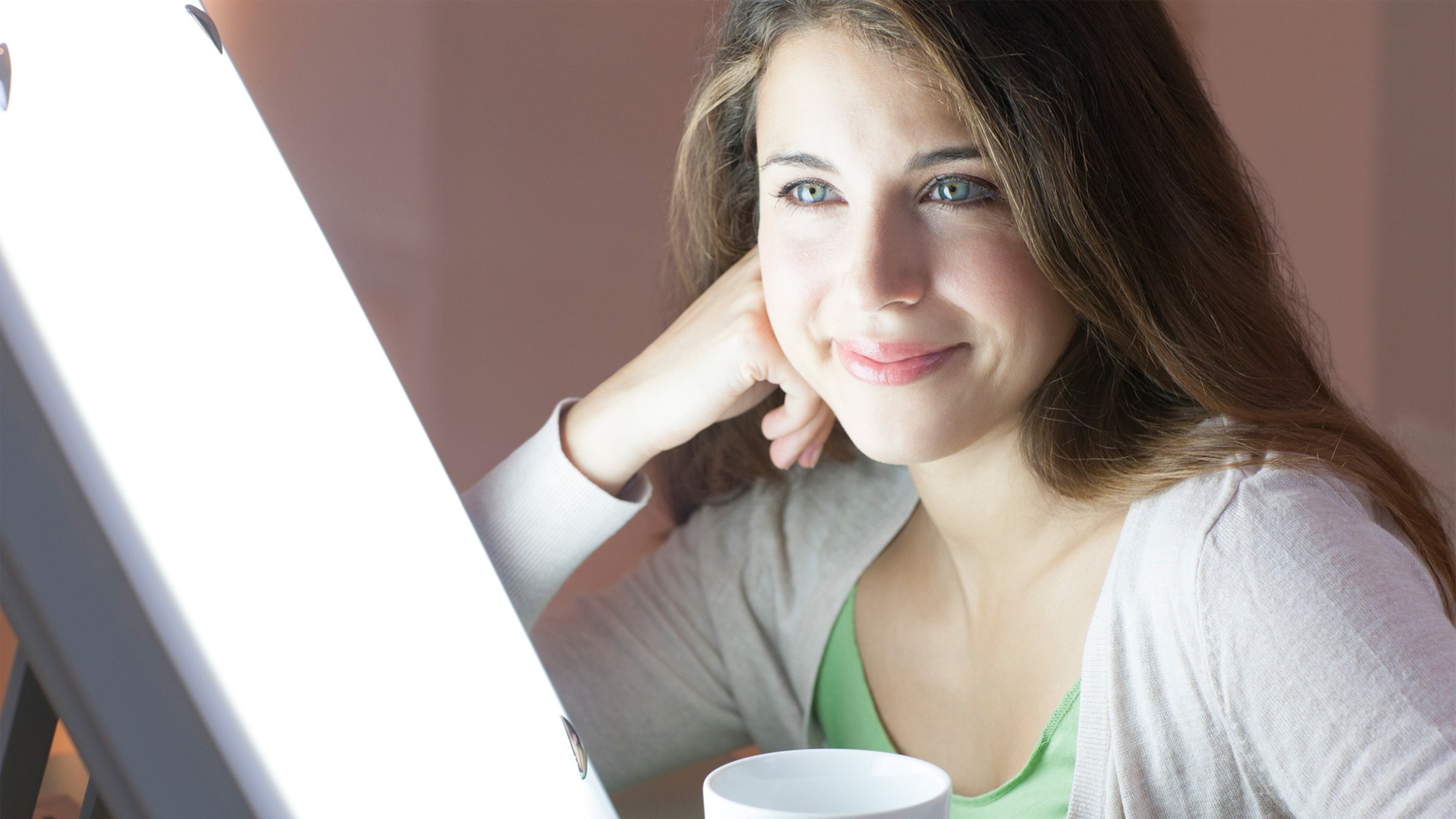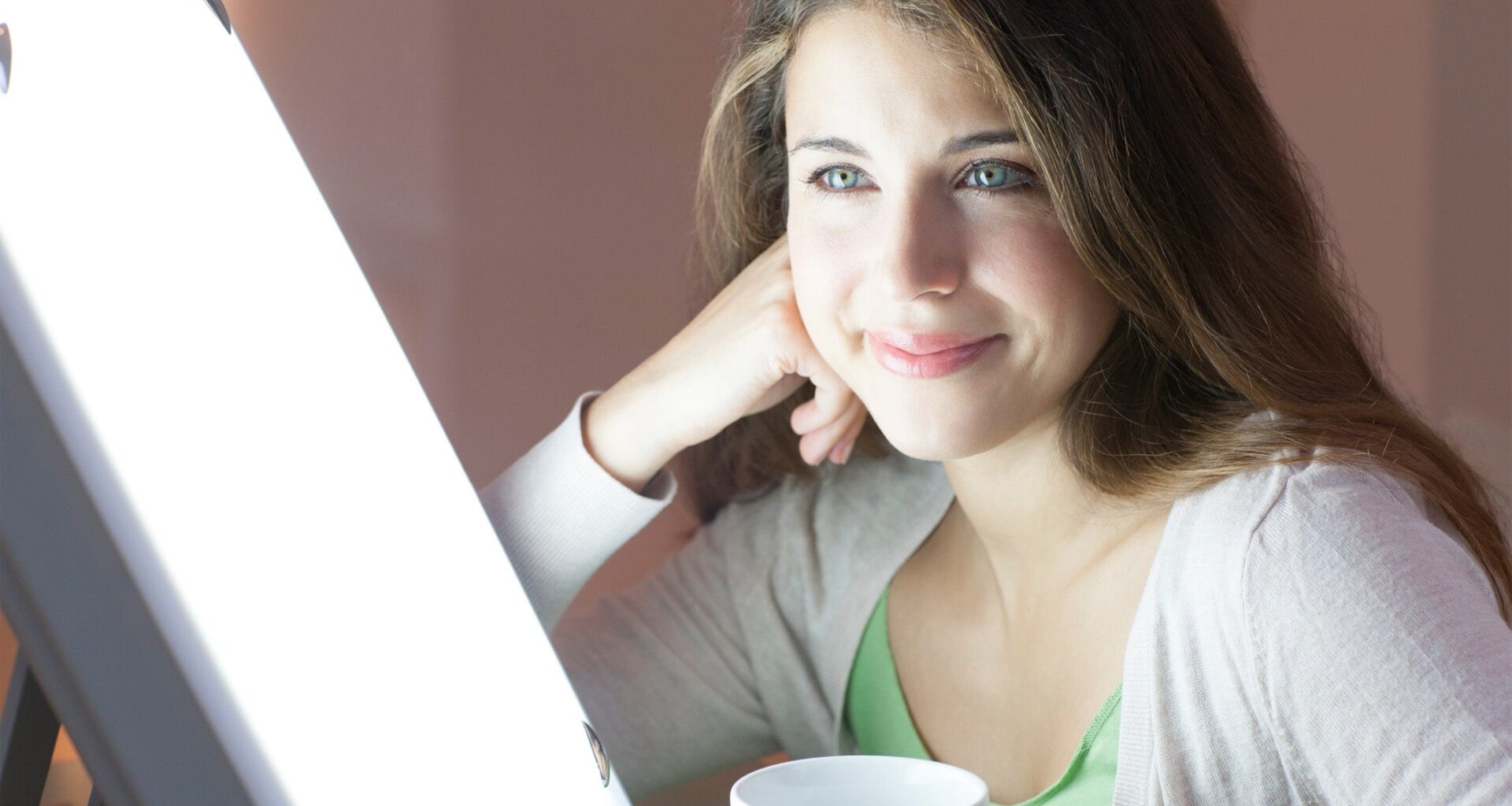
(Cavan Images / Getty Images
)
October’s here, and although warm temperatures are making it still feel like summer around much of the country, I’m going to give those of you who suffer from seasonal affective disorder (SAD), which affects about 5% of adults, or its milder form, “winter blues,” which impacts millions, a potentially surprising tip.
Even though SAD doesn’t peak until February, you should consider beginning bright light exposure now. Here’s why:
SAD Isn’t Really About Cold Weather
Although we associate SAD with the heart of winter, freezing temperatures aren’t its main cause. While the specific cause remains unknown, experts believe that the reduced level of sunlight in fall and winter is the main trigger for winter-onset SAD in most people. That’s because shorter days may disrupt your body’s internal clock, leading to changes in brain chemicals like melatonin and serotonin, which can trigger depression.
Weather in your inbox
By signing up you agree to the Terms & Privacy Policy. Unsubscribe at any time.
Morning sunlight is believed to be particularly important for mood and sleep regulation because our internal body clocks aren’t observing a perfect 24-hour cycle and need a daily reset, which is cued by light through the eyes. This cue allows our interior clocks to synchronize with the natural world.
While cold weather itself isn’t a direct contributing factor for SAD, it can still impact overall mental health. That’s because if it’s very cold and we can’t engage in our usual activities like being outside, exercising or socializing, this can create a sense of isolation.
How Light Box Therapy Helps
Light box therapy is one way to help combat SAD. When you do it in the day, and how early you start in the season, can both make a difference.
“A lot of research has shown that using bright light therapy in the morning can be extremely helpful to reverse some of the symptoms of seasonal depression,” Dr. Dorothy Sit, a psychiatrist and associate professor at Northwestern University who has studied bright light therapy, told NPR’s Morning Edition.
Research shows that incorporating 30 minutes of light box therapy each morning can lead to improvements in symptoms within just one week. One study even found light therapy to be on par with standard anti-depression medications in relieving symptoms. Some people combine light therapy and medication, and studies show this combination can work to relieve symptoms as well.

(IAN HOOTON/ Getty Images)
What To Look For In A Light Box
According to the Center for Environmental Therapeutics (CET), some light boxes on the market are too small or too weak to meet the standards of the devices used in clinical trials. That means you might not see the same results if you buy the wrong kind of light box. Here are some tips from the CET (for more of their guidance, check out their website).
Intensity should be 10,000 lux of light.Screen size should exceed 200 square inches, and, as the CET puts it, “the larger the better.”Fluorescent lamps should be fitted with a diffusing screen that filters ultraviolet (UV) rays that can be harmful to the eyes and skin with long-term use.The light box should project downward toward the eyes at an angle to avoid glare. That means the box needs adjustable legs or side supports.How To Know If You Have SAD
While almost everyone experiences what we call the “winter blues” to some degree each season, developing a sense of cabin fever, which is characterized by low mood and reduced energy, clinical SAD represents a more severe condition with a different threshold, according to researchers. The primary distinction lies in how significantly symptoms impair functioning.
“Someone with clinically significant seasonal depression struggles to get out of bed. … They experience a genuine loss of energy,” Dr. Angelos Halaris, a psychiatrist at the Loyola University Medical Center in Chicago, told weather.com. These symptoms typically accompany feelings of helplessness and hopelessness, severely disrupting both personal routines and professional responsibilities.
SAD Can Hit In The Summer, Too
Surprisingly, some people thrive in cold weather and find themselves struggling when summer brings higher temperatures and increased humidity.
Summer depression manifests differently than its winter counterpart. According to author and psychiatrist Dr. Norman Rosenthal, the seasonal patterns show distinct characteristics.
“In winter, people are sleeping too much and gaining weight,” he explains, while summer depression often produces opposite symptoms. “The connection between heat and mood is clearly reported by people.”
Excessive sunlight appears to be a primary trigger for summer depression. The abundant daylight can leave susceptible individuals feeling anxious and experiencing insomnia. Heat itself can produce similar negative effects on mood and sleep patterns. For those affected, Dr. Rosenthal recommends seeking air-conditioned environments whenever possible and wearing dark sunglasses outdoors to reduce light exposure.
Have you tried light box therapy for SAD? Let us know how it worked for you in the comments!
Senior writer Chris DeWeese edits Morning Brief, The Weather Channel’s newsletter.


